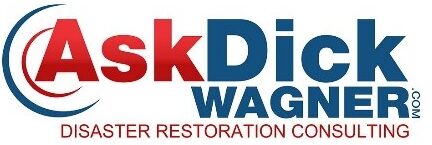Filing a claim: On the face of it, forcing a policyholder to pursue litigation can make sound economic sense. If…
REFERRAL FEES HAVE LONG BEEN AN ACCEPTED PRACTICE IN JUST ABOUT EVERY INDUSTRY. The large “finder or referral” fees that…
Here’s a list of things your insurance company and agent may fail to explain to you unless you probe them…
Most of your services are intangible! Much of the selling (or attempted selling) done by marketing today in the disaster…
Most organizations with a sales staff need: Specialized strategies for consistently getting your most important sales opportunities To understand and…
Marketing coaches help marketers define goals and strategies that will mesh with their purpose and lead to maximized sales energy,…
I normally urge business owners to focus on the bigger picture, but sometimes during coaching, I want them to focus…
Successfully executing and implementing your plan: Achieving the end goal, or executing the implementation plan, is what the leader is…
Setting sales and marketing expectations is crucial to your survival and success. Your marketing department must have measurable and enforceable…
If you are a disaster restoration contractor who is struggling with average results, (or worse) there’s a good possibility you’re…
